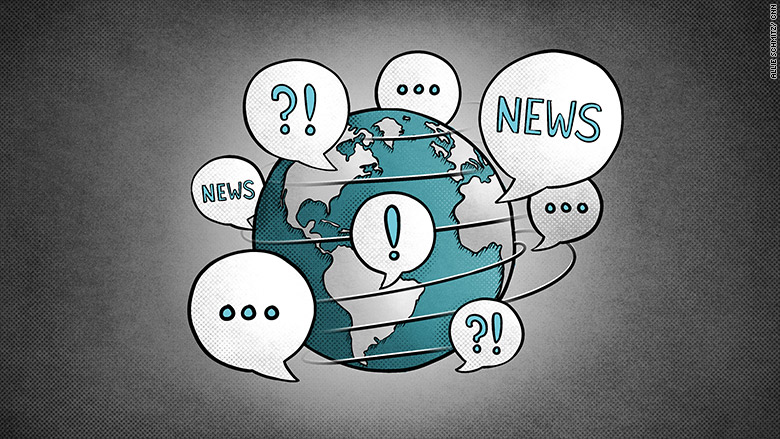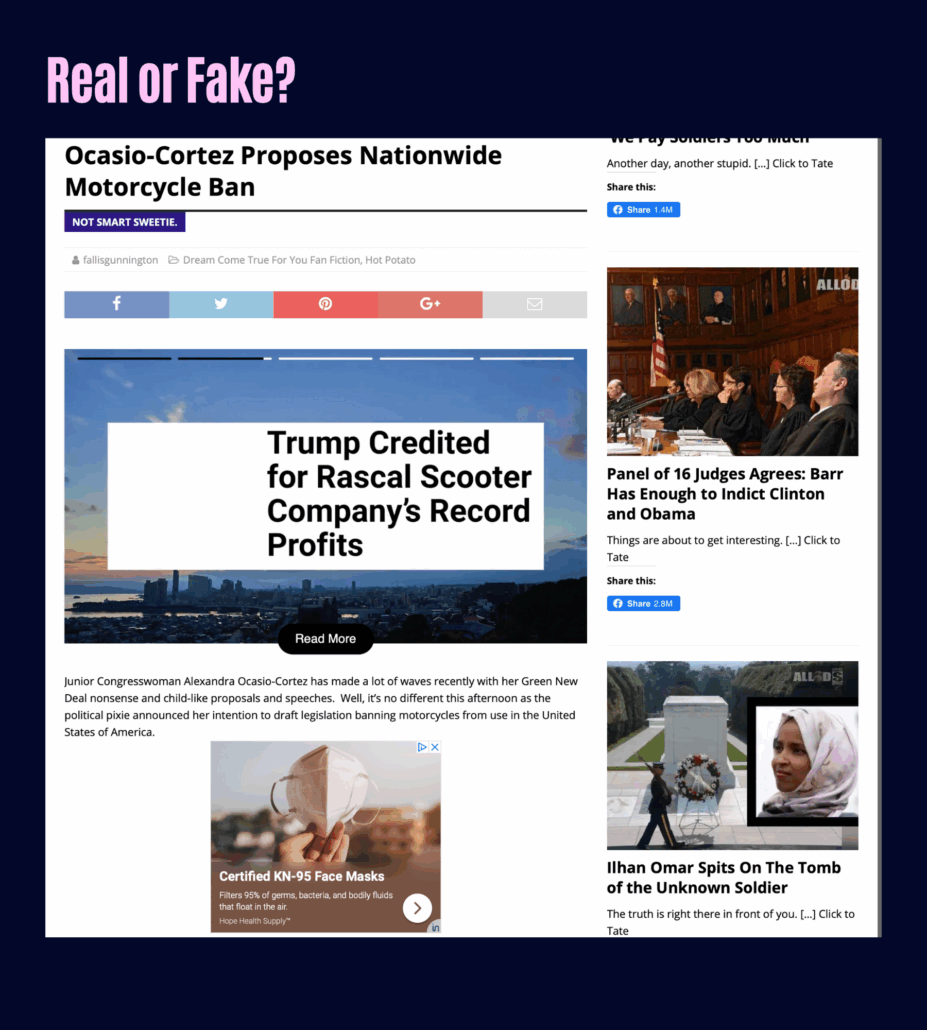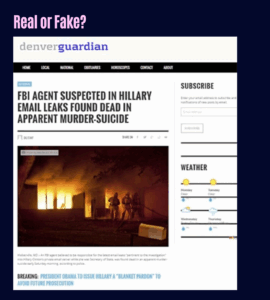Misinformation in the 2020 Election
by Zachary B.
Why Is Misinformation about the Election a Problem?
Misinformation and disinformation surrounding the 2020 election is a very serious problem. False information influences how people vote and even their ability to vote. It comes in many inconspicuous forms such as social media ads, or even in tweets from government officials. If someone were to read an article with incorrect information about a proposition on the ballot in their state and then go vote on it, they could accidentally be voting against what they care about. Another example of how false information can affect the election is if someone sees false information online about how to vote by mail, their valuable vote may not be counted.
“False information influences how people vote and even their ability to vote.”
Where Is Misinformation Coming From?
Misinformation that can impact elections comes from a variety of sources, from articles to tweets to Facebook profiles. It comes from both inside and outside of the United States. A significant source of misinformation is the Russian “Internet Research Agency,” which uses fake social media accounts posing as organizations to distribute incorrect information and incite conflict between different political groups. They then amplify this using Twitter bots. They also create fake news accounts that report on their fake organizations.
“…fake social media accounts… distribute incorrect information and incite conflict…”
Another source of misinformation is President Donald Trump’s messages from his Twitter account. He routinely dishes out disinformation, such as when he tweeted out on October 6, 2020, “Flu season is coming up! Many people every year, sometimes over 100,000, and despite the Vaccine, die from the Flu. Are we going to close down our Country? No, we have learned to live with it, just like we are learning to live with Covid, in most populations far less lethal!!!” The post was soon flagged and was blocked from being shared, as only 22,000 people died of the flu in the United States during the 2019-20 flu season, yet there have been, as of October 19, 2020, at 7:19 PM PDT, 225,000 deaths caused by COVID-19(according to worldometers.com). Trump’s post was also removed from Facebook within a few hours.

Disinformation About the 2020 Election
An example of disinformation relating to this year’s election is mail-in voting. As we are in a pandemic, many people have been voting by mail instead of going to polling places. Along with this have come many concerns about voting by mail and because people are concerned, they are more likely to believe misinformation about mail-in voting. Because they already do not trust the vote by mail system, they look for news that confirms their bias and ignore news that says otherwise. For example, again on twitter, in April, Donald Trump stated that “Mail in ballots substantially increases [sic] the risk of crime and VOTER FRAUD!” This is entirely untrue as, according to CNET’s article,published in October 2020, titled How to Commit Mail-in Voting Fraud (It’s nearly impossible), committing mail-in voter fraud is “nearly impossible.”
A large number of Americans have voted by mail for over 150 years (see CNET article, above). Senior FBI officials claimed that they had found no evidence of coordinated voter fraud with mail-in ballots. They also said that, “It would be extraordinarily difficult to change a federal election outcome through this type of fraud alone, given the range of processes that would need to be affected or compromised by an adversary at the local level.” This is just one example of blatantly false information about the 2020 election.
What Can You Do To Stay Informed?
There are a few main things you can do to stay informed and make sure you are getting accurate information about the election. One thing that you can do is to learn how to spot misinformation and not spread it to others. First, check who the information is from. As an example, if I see an article and I want to know if it’s true, I’d google the news organization it’s from, as well as the author. I’d see if the news organization is a reputable source and if the author is an actual human being. Also, try checking fact-checking websites such as snopes.com or politifact.com. The Daily Dot has compiled a list of many fake news sites(about 1,000) to avoid, as well as a long list of many signs of a misinformative website. You can find that document here. If you find false information, try correcting the poster or sharing that that information is not true. This process of researching about the topic, the author, and the news organization is called lateral reading. Another thing we can do to stop misinformation and stay informed is to look at reputable sources to begin with. One thing you can look for to determine if a news source is reputable is if it has had an online presence for over a few months and if it cites other reliable sources. Find some websites that provide accurate, unbiased information about the election and use those as a primary source of information. According to Business Insider magazine, some examples of unbiased and reputable news websites are: PBS, Associated Press, NPR, and The Wall Street Journal, to name a few.
Can You Spot the Fake News?
Only one of these articles is true. Take the virtual quiz below and let us know which you think is true.






